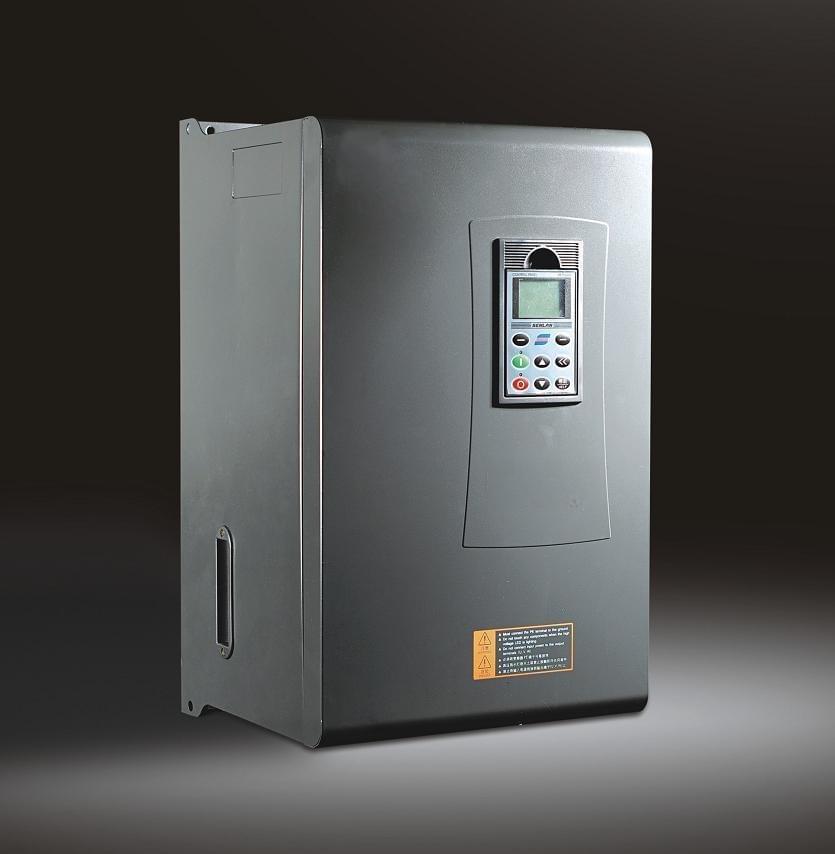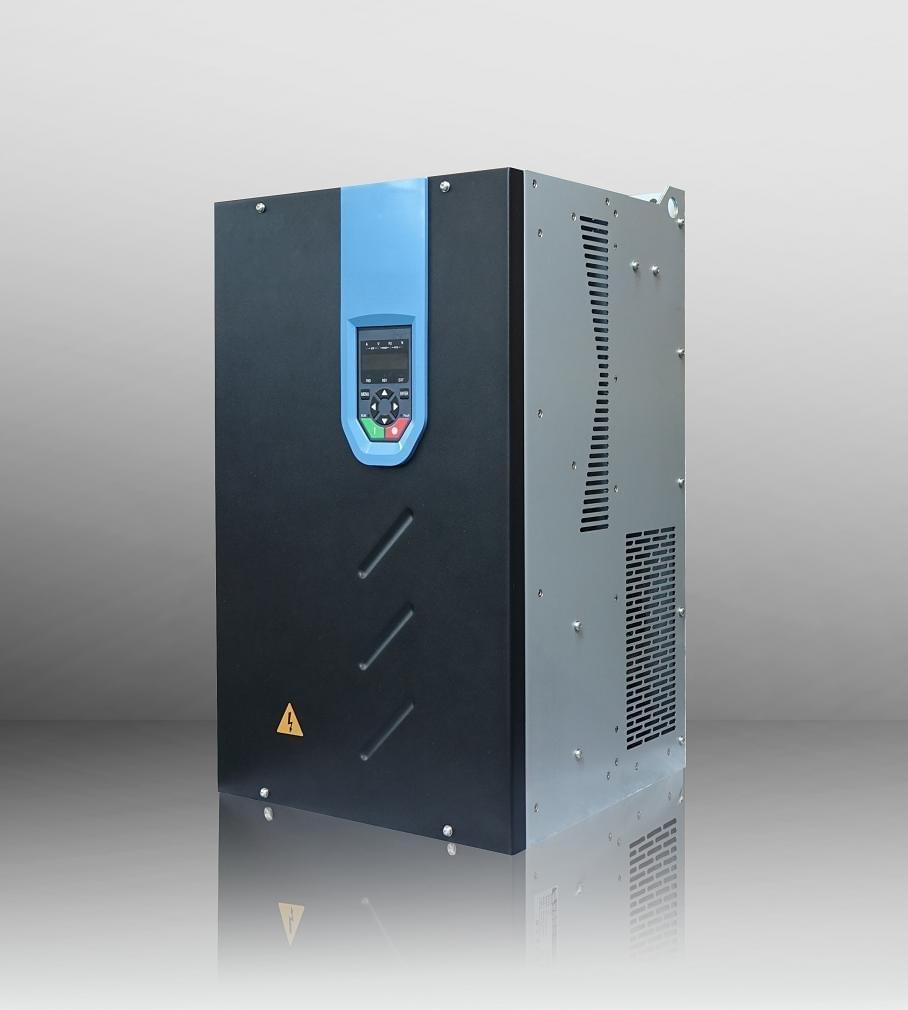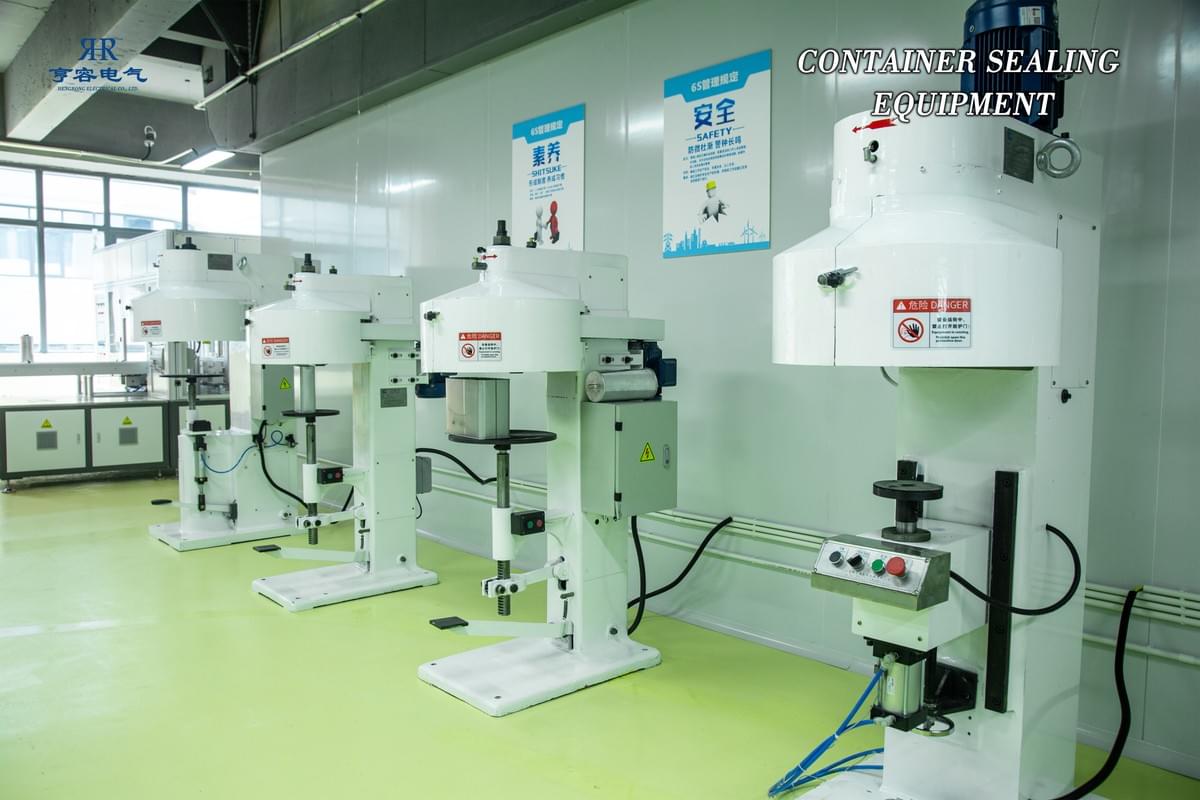A frequency converter (Variable Frequency Drive, VFD) is a device that utilizes power electronic technology to adjust the operating frequency and voltage of AC motors. By regulating the motor's speed and output power, frequency converters enable energy conservation, emission reduction, intelligent control, and enhance the flexibility of equipment operation. As the global industry continues to upgrade, frequency converters have become core equipment in the fields of automation and energy efficiency.
In industries such as electrical engineering, manufacturing, petrochemicals, building energy efficiency, and transportation, almost all scenarios involving motor drives are dependent on frequency converters. They not only play a key role in energy conservation and consumption reduction but also directly impact production efficiency and equipment lifespan.

I. Core Working Principles of Frequency Converters
Frequency and Voltage Control
The core function of a frequency converter is to convert the mains power supply (50Hz or 60Hz) into alternating current with an adjustable frequency. By altering the output frequency, it controls the motor speed. Meanwhile, the voltage is adjusted along with frequency changes to maintain a stable motor magnetic flux.
Main Components
- Rectifier unit: Converts alternating current to direct current.
- DC intermediate circuit: Stores energy and smooths the voltage.
- Inverter unit: Converts direct current back to alternating current with variable frequencies.
- Control unit: Achieves precise motor regulation through algorithms.
Common Control Methods
- V/F control: Simple and reliable, suitable for loads like fans and water pumps.
- Vector control: Higher precision, enabling dynamic response and torque control of motors.
- Direct Torque Control (DTC): Fast response speed, suitable for high-performance drive scenarios.
II. Applications of Frequency Converters in Different Industries
Building and HVAC (Heating, Ventilation, and Air Conditioning)
In large buildings and commercial complexes, frequency converters are widely used to control air conditioners, fans, and water pumps. By adjusting the speed according to demand, they significantly reduce energy consumption while ensuring indoor comfort.
Water Treatment and Water Supply Systems
In urban water supply and sewage treatment plants, high-power water pumps consume a huge amount of energy. Using frequency converters to regulate the pump speed avoids frequent start-stop cycles, reduces water hammer effects, and saves 20%–40% of energy consumption.
Metallurgy and Mining
In high-power applications such as rolling mills, cranes, and conveyor belts, frequency converters enable efficient drive and precise control, reducing mechanical impact and extending the equipment's lifespan.
Petrochemical and Energy Industries
Frequency converters are used in equipment such as compressors, oil pumps, and fans to achieve smooth start-stop and load adjustment, improving safety while reducing energy consumption and maintenance costs.
Transportation and Elevator Industries
In elevators and rail transit, frequency converters not only enhance operational stability and comfort but also reuse braking energy through energy feedback technology, further achieving green energy conservation.

III. Energy-Saving and Economic Benefits of Frequency Converters
Energy Conservation and Consumption Reduction
Statistics show that in fan and water pump systems, speed regulation via frequency converters can save up to 50% of energy consumption. For enterprises, this directly leads to reduced electricity costs.
Reduced Equipment Wear
Frequency converters enable soft start and soft stop, avoiding large current impacts during traditional mains-frequency startup, thus significantly prolonging the lifespan of motors and related mechanical components.
Improved Production Efficiency
Through precise speed and torque control, enterprises can flexibly adjust production rhythms according to process requirements, achieving higher automation levels and capacity utilization.
IV. Future Development Trends of Frequency Converters
Digitalization and Intelligence
With the development of the Internet of Things (IoT) and artificial intelligence (AI), frequency converters are evolving toward intelligent control. Next-generation frequency converters will be equipped with remote monitoring, data analysis, and fault prediction functions, supporting smart factories and digital workshops.
Energy Feedback and Green Energy Conservation
Energy-feedback frequency converters can return energy to the grid during motor braking, reducing waste and conforming to the global trend of green and low-carbon development.
Modular and Integrated Design
Future frequency converters will be more compact and modular, facilitating installation and maintenance while enabling high integration with more electrical equipment.

V. Key Factors in Selecting the Right Frequency Converter
Load Characteristics
Different types of loads have different performance requirements for frequency converters. For example, fans and water pumps are suitable for V/F control, while metallurgical rolling mills require vector control.
Voltage and Power Ratings
Appropriate voltage levels and capacities must be selected based on motor power and application environments to ensure safe and efficient operation.
Environmental and Protection Ratings
In high-temperature, high-humidity, or dusty environments, frequency converters with corresponding protection ratings should be selected.
After-Sales Service and Technical Support
Frequency converters are technologically intensive products; choosing brands with comprehensive after-sales service and technical support ensures long-term stable system operation.
VI. The Value of Frequency Converters in Enterprise Development
Against the backdrop of global energy shortages and the "dual-carbon goals," enterprises must seek more energy-efficient solutions. Frequency converters not only help reduce energy costs but also enhance intelligence, aligning with the direction of green and sustainable development.
For manufacturing enterprises, applying frequency converters means gaining stronger cost and technological advantages in competition. For the infrastructure and public utility sectors, the application of frequency converters brings more social benefits, supporting urban energy conservation, emission reduction, and intelligent upgrading.
VII. Conclusion
Frequency converters have evolved from simple motor speed-regulating tools to indispensable intelligent equipment in modern industry. They are crucial for energy conservation and emission reduction and serve as a core driver of industrial upgrading. With continuous technological innovation, frequency converters will show enormous potential and value in more fields.
For enterprises pursuing energy conservation, efficiency improvement, and digital transformation, gaining a deep understanding and applying frequency converters will be a necessary path toward sustainable development.

Ready to unlock the benefits of energy savings, increased efficiency, and intelligent control? When selecting a variable frequency drive, base your selection on your specific load characteristics, voltage requirements, and environmental conditions, as outlined in this guide. Choose Hengrong Electric Co., Ltd., a reputable brand with strong after-sales support, to ensure seamless integration and long-term reliability. Investing in the right variable frequency drive today isn't just a cost-saving measure; it's a strategic step toward sustainable, high-performance industrial operations. Choose a drive that meets your needs and begin your journey to smarter, greener production.
